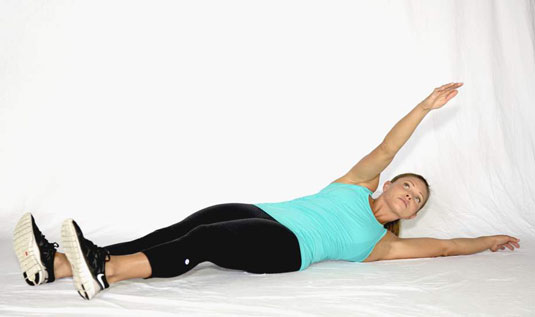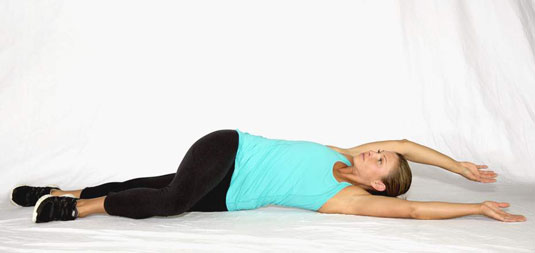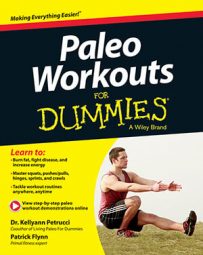Proprioception, or the awareness of your body position, ties all the senses together. High proprioception allows you to move skillfully without thinking about it. Low proprioception, however, results in awkward and often dysfunctional movement.
Proprioception is supported partly by the vestibular system, which coordinates your movement through changes in head position. You garner information about your position through all your senses — seeing, feeling, hearing, smelling, and so forth.
Those with low proprioception are often undersensitized to changes in position; hence, their body doesn’t react accordingly, and they move clumsily, putting them at a higher risk for injury.
Because skin is the largest sensory organ on the body, movements designed to increase the surface area contact between skin and the ground — like rolling — will likely improve proprioception. In other words, the more time you spend on the ground, the better your movement will be off the ground.
From a developmental standpoint, you can’t regress movement any farther back than rolling, nor does any movement put you into as much contact with the ground. So rolling is one of the best movements to improve proprioception and to prep the body for the rigors of exercise.
Following are four types of simple rolling.
Rolling from your back onto your stomach from your upper body

Lie flat on your back with your legs and arms fully extended. Imagine that you’re paralyzed from the waist down.
To roll to one side, slowly reach across and down your body with your opposite arm almost as if you’re trying to reach something in your opposite pocket. For example, to roll to your right side, reach across with your left arm. To roll to your left, reach with your right arm.
Continue to reach with your arm, head, and shoulders until you achieve lift and are able to flip yourself onto your stomach without any assistance from the lower body.
Rolling from your stomach onto your back from your upper body
Lie flat on your stomach with your legs and arms fully extended. Imagine that you’re paralyzed from the waist down.
To roll to one side, slowly turn your head to your opposite side and attempt to look behind you as far as you can. Simultaneously reach your arm up and as far back behind you as possible.
For example, to roll to your right side, turn your head to the left and reach your left arm up. To roll to your left, turn to the right and reach up with your right arm.
Continue to lead with your head and reach back with your arm until you’re able to flip yourself onto your back without any assistance from your lower body.
In this case, the body follows the head. If you get stuck when attempting to roll from your upper body, you may not be looking or leading enough with the head.
Rolling from your back onto your stomach from your lower body

Lie flat on your back with your arms and legs fully extended. Imagine that you’re paralyzed from the waist up.
To roll to one side, reach your knee up and across your body until your hips begin to lift and you’re able to flip yourself onto your stomach without any assistance from your upper body.
For example, to roll to your right side, reach up with your left knee. To roll to your left, reach up with your right knee.
Rolling from your stomach onto your back from your lower body
Lie flat on your stomach with your arms and legs fully extended. Imagine that you’re paralyzed from the waist up.
To roll to one side, reach your leg back and across your body until your hips begin to lift and you’re able to flip yourself onto your back without any assistance from your upper body.
For example, to roll to your right side, reach your left leg back. To roll to your left, reach your right knee back.
You shouldn’t have to use any momentum when rolling. Perform this movement in a slow-reaching manner, like how a baby would do it.

